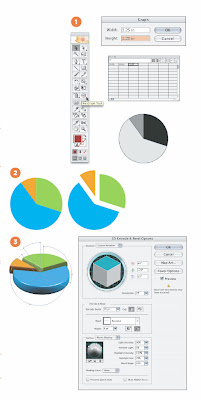By Keith Stephenson and Mark Hampshire
Dateline: February 8, 2008
Read more Graphic Design articles
JHI
Project: Differentia
Designer: JHI
Client: Self-initiated
Paper Facts:
STOCK WAUSAU PAPERS, EXACT OPAQUE, NATURAL TEXT, 50lb
Size 34 1/2 x 23in (876 x 584mm) FLAT
Print Techniques
Additional Techniques VARYING FOLDS: SOME copies folded JUST ONCE on the longest axis, THEN COLLATED three SHEETS TOGETHER; others, once COLLATED, were REFOLDED VIA A SECOND PASS ON THE
Printer CENVEO
JHI is a strategic creative-services company based in Richmond, Virginia, and Differentia was created as a new business tool, targeting like-minded clients who would connect with it on an emotional level. The piece celebrates uniqueness by focusing on how someone’s key ring holds information about his or her day-to-day life. Its oversized design is enhanced by the stock chosen, which offers just enough intended showthrough to add a subtle extra layer of design value.
The paper’s weight and dimensions also offer the piece greater flexibility. Folded as a newspaper, it becomes a guerrilla-marketing tool, dropped in building lobbies, waiting rooms, bookstores, and restaurants. Folded to envelope size, the recipient can open it as a conventional piece of direct mail.
Differentia was a huge success for JHI, winning numerous design awards, and it was included in a traveling show sponsored by the New York Art Director’s Club.
Read More Graphics.com










